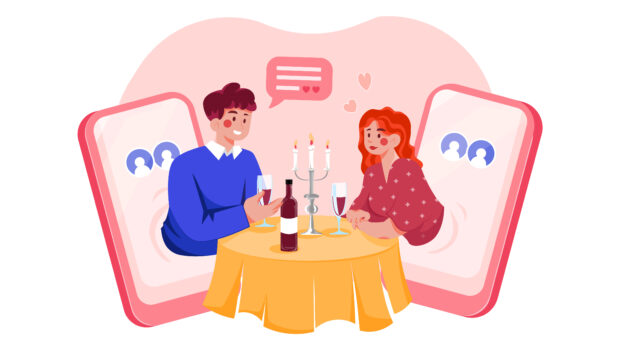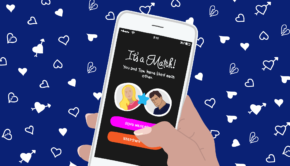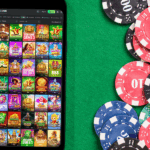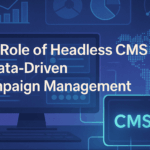How Dating Apps Enable Individuals to Connect With Partners Seeking Similar Lifestyle Goals
Dating apps are proving to be more than swiping games. They are changing how people connect based on shared life goals and relationship preferences. From casual encounters to long-term partnerships, these platforms focus on pairing users whose expectations align.
User Trends in Goals and Demographics
A large number of people on dating platforms are there to find partners with similar outlooks. Nearly half of women in the United States use these apps to seek committed, long-term relationships, while 43 percent of men lean toward casual dating. This data highlights a divide in motivations, often along gender lines.
The typical age of users also shows variance in intentions. On Tinder—the most downloaded app globally in June 2024—nearly half the user base is between 25 and 34 years old. This age range, often marked by self-reflection about relationships, reflects diverse motivations. For instance, half of U.S. online dating users aged 18 to 29 reported trying these platforms, compared to only 37 percent of users aged 30 to 49. Participation tapers sharply among older age groups, with just 19 percent of users aged 50 to 64 engaging with these platforms.
Gender discrepancies on Tinder are notable. The app skews predominantly male, with 75 percent of users identifying as such, raising questions about how well apps cater to the needs of their entire user base.
Aligning Lifestyle Goals in Modern Dating
Users turn to dating apps for clear alignment in lifestyle preferences. Platforms are adapting to cater to specific relationship expectations, such as long-term commitments, casual connections, or arrangements in between. Apps like Stir, designed for single parents to meet others facing similar challenges, show how tailoring to shared responsibilities makes these goals easier to achieve.
On platforms with niche arrangements, relationship dynamics can become clearer. For example, Sugar daddy on Secret Benefits attracts users prioritizing compatibility within their preferred relationship model. These cases emphasize how apps provide frameworks for meaningful connections.
The Role of Niche and Custom Features
While Tinder and Bumble dominate global downloads, niche platforms are becoming increasingly relevant for users with specific expectations. Farmers Only and Christian Mingle cater to cultural or religious preferences, while apps like Stir connect single parents navigating similar circumstances. This trend suggests that customization of platforms to reflect lifestyle compatibility streamlines the matchmaking process.
Meanwhile, matchmaking through larger platforms relies on algorithms. These systems assess user-provided details, including education, location, and hobbies, to determine compatibility. Geolocation features also simplify interactions by showing profiles based on proximity.
Success stories are more common than anticipated, even if user opinions on their overall experiences vary. Over 44 percent of users report that dating apps make finding potential partners easier. On Tinder alone, 1.5 million users meet for dates every week.
Paying for Better Visibility
Monetization strategies in dating apps underscore user priorities. Tinder’s 9 million paying users brought in over $82 million in monthly revenue in June 2024. More than half of Bumble’s revenue comes from its paying users—nearly 2.3 million people globally. Hinge, which leans toward fostering “serious” relationships, collects subscription fees from 1.2 million users each month. This data highlights how many users are willing to invest in faster and more tailored matchmaking.
By balancing free and premium features, apps create opportunities for paid users to access enhanced functionality. For some, this can create disparities in visibility, but it also refines matches for premium members who are specific about their preferences.
How Dating Apps Are Reshaping Connection
Niche options, advanced matching algorithms, and targeted user bases illustrate how dating apps are actively reshaping modern connections. With millions logging in daily, shared goals around relationships are proving influential in their success. Whether through a paid membership on a mainstream app or personalized platforms like Christian Mingle, one clear trend emerges: dating apps are designed to align personal preferences with purposeful outcomes.
















